Whether you’re a first-timer or South Carolina regular,
we take you all around town — to eateries, the beach,
back in time and back to nature.
THE LOWCOUNTRY in South Carolina marks the gradual transformation from land to sea, a fascinating nexus where terra firma gradually becomes something unstable, its surface beauty concealing a watery mystery below.
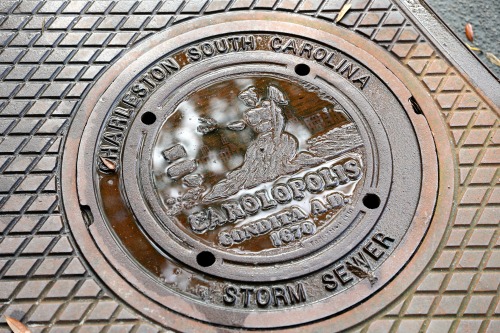
The city of Charleston, like its environs, presents a duality of experiences. It’s one of the most beloved tourist towns in the world, a city endowed with Instagram-worthy beauty and preserved antebellum charm, punctuated by churches, cobblestone streets and gas lanterns that are more than a century old.
But the city is also ballasted by conflict and mystery, a place where the narrative includes tales of pirates and persecution, all of it built upon slave labor.
A visit to Charleston lays before you an inexhaustible supply of must-do experiences and — if you’re willing to dig a bit deeper — a whole world of should-do’s. With that in mind, we offer five must-do’s for novice visitors and five should-do’s for those of you who’ve been there a time a two.
1. Get acquainted
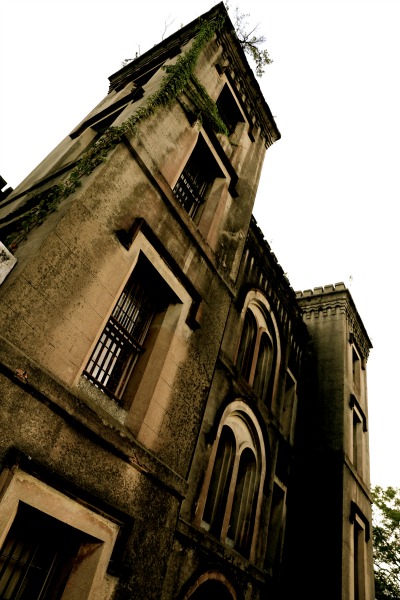
MUST DO: Before the internal combustion engine, the horsepower around Charleston was provided by, well, horses. That clip-clopping still echoes in the streets, adding a rhythmic soundtrack to the city’s array of historically preserved homes, churches and cemeteries. Palmetto Carriage Co. staffs wooden carriage rides with knowledgeable guides who dispense historical information — some of it candidly controversial — while your noble steeds saunter through pre-selected hourlong routes around the historic downtown grid. Tickets: $26; $16 age 4-11.
SHOULD DO: For 137 years, the Old City Jail caged some of the worst criminals of their day — a who’s who of baddies that included pirates, Union Army prisoners and even the alleged first female serial killer, Lavinia Fisher (1793-1820), who was eventually hung. Now, while the 4-acre parcel awaits its future (developers are salivating to turn it into a mixed-use something or other), guides from Bulldog Tours lead a frightful nightly journey through the jailhouse and share real-life tales of terror (conditions here were unimaginably inhumane) as well as tales of prisoners’ spirits that may still manifest themselves for you. The 45-minute tours happen nightly. Tickets: $28; $18 children.
2. Feeding frenzy
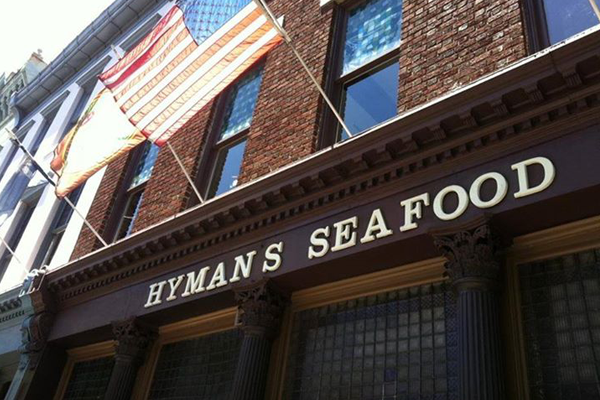
MUST DO: The Atlantic Ocean’s relationship with the Lowcountry creates a glorious fishing environment, and its bounty makes its way quickly from nets and hooks to your plate. The Hyman family has been in business in the Hyman’s Seafood building since the late 1800s and, since 1986, has served world-renowned dishes (The Food Network lists it in its Top 5 seafood category). From Lowcountry boils to build-your-own seafood platters, Hyman’s serves the classics from an area stocked with oysters, crab, shrimp and even alligator for sausage.
SHOULD DO: The micro-kitchen of Zero George Restaurant + Bar is, perhaps, an under-the-radar surprise. Found in the boutique-chic Zero George Street Hotel, it churns out some of the most creative culinary art around (it made Conde Nast’s Top 5 Foodie Hotels in the World). Crispy blowfish tail, liquid-center corn tortellini and a nitro mozzarella balloon are a few of chef Vinson Petrillo’s masterpieces. Also seek out the elusive “Royal With Cheese,” a highly coveted burger made from wagyu beef, mushrooms, shaved truffles and Kraft Singles fondue. Petrillo makes only five each night and once they’re gone, they’re gone. The eatery opens at 5 nightly Tuesday-Sunday.
3. Nothing civil about war
MUST DO: The first shots of the Civil War rang out here, over Fort Sumter, some 150 years ago. You’re just a ferry ride away from that piece of American history. Board a ship at Liberty Square and sail to the ruins that once guarded Charleston Harbor. Much of the fort was destroyed in the siege, but you can still walk the grounds and touch the 42-pounder smoothbore cannons and 100-pounder Parrott rifles on their original carriages. Tickets: $22; $14 children.
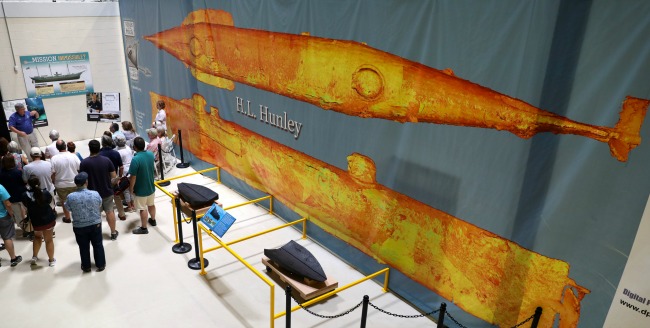
SHOULD DO: In 1864, the Confederacy launched what would become the world’s first combat submarine. It sunk a Union ship and eventually disappeared. The H.L. Hunley was raised off the coast of Charleston in 2000 and is now on display as part of an ongoing restoration project that’s as fascinating as the vessel itself. Incomprehensibly primitive by today’s standards but technologically ahead of its time, the Hunley is a historic, engineering and military marvel that tells an Icarus-like tale of military ambition and the lives it can take. Tickets: $16; $8 students/youth.
4. Beach, baby!
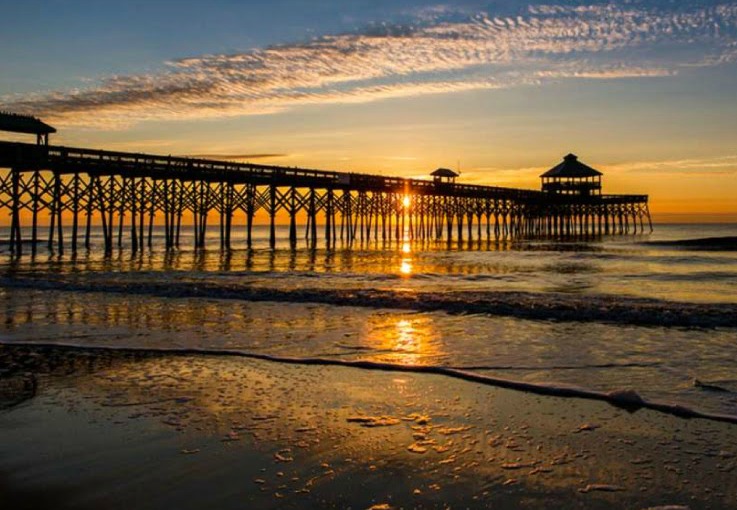
MUST DO: Perhaps not in winter, but if you want to feel your toes in the sand and bathe in gentility, keep the luxe 255-room Sanctuary at Kiawah Island Golf Resort in mind. You can live like a Vanderbilt or Carnegie at this 5-star seaside castle and play some of the finest golf courses in the world. January temperatures in Charleston, by the way, usually start at about 43 degrees and top out at 57. Other possibilities include bike-riding along island trails, playing tennis or letting resort personnel arrange a Lowcountry fishing experience or expert-led alligator tour for you. Note: Kiawah is 21 miles south of Charleston. Double rooms at The Sanctuary begin at $270 per night.
SHOULD DO: Folly Island is, perhaps, the laidback “yang” to Kiawah’s posh “yin.” The beach lies just south of Charleston and is known to the locals as “the edge of America,” a nod to its community pier and surfer vibe. Bed-and-breakfasts and small hotels dot the seven-mile island and its sandy beaches. Visiting the pier is essential, especially if you want to rent fishing gear and bait. In town, visitors and residents alike zip around on golf carts and devour hyper-fresh seafood in quintessential dives like the Folly Beach Crab Shack.
5. Nature calls
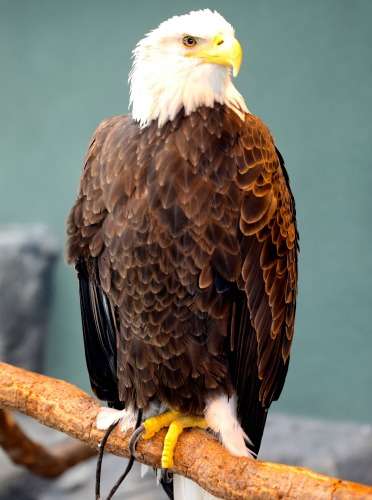
MUST DO: The Center for Birds of Prey is home to 50 species, including eagles, hawks, owls, falcons, kites and vultures. A visit here gets you up close and personal with the South’s avian carnivores. The center is ideal for birders, photographers and anyone who enjoys watching raptors devour small rodents. The center’s Avian Medical Clinic treats more than 600 injured raptors and shorebirds each year, releasing most back into the wild. Tickets: $18; $12 kids.
SHOULD DO: The South Carolina Aquarium, although pint-sized compared to the Georgia Aquarium, nevertheless documents Lowcountry animal life in fascinating ways. It brings freshwater, saltwater and brackish dwellers into a neatly organized environment and is home to more than 10,000 plants and animals. Aquarium residents include North American river otters, loggerhead sea turtles, alligators, bald eagles and sharks. It does top the Georgia facility in one category: Its Great Ocean Tank is the deepest in North America. Tickets: $29.95; $22.95 children.



